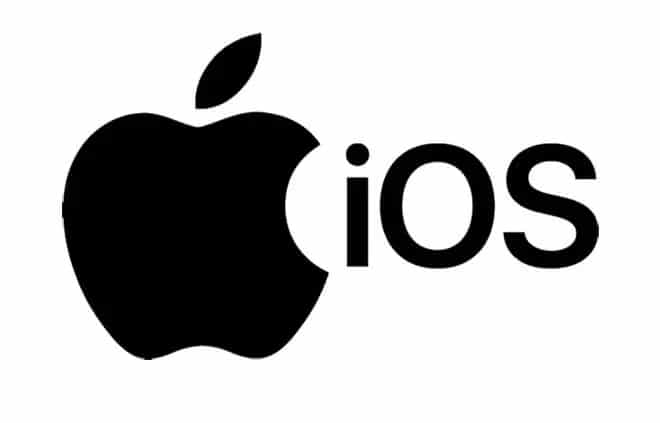Updating the iPhone is an important way to make sure you have the latest features, bug fixes, and security improvements, generally this is what you get when you update iOS. This article explains how to update iPhone to the latest version of iOS wirelessly using a Mac or PC.
Page Contents:
Backup your iOS device first
Before performing the iPhone software update, you should always make a backup of your device first. Creating an iPhone backup should be a routine for most users, as it is a simple procedure and the easiest way to restore data if something goes wrong during the iPhone update process.
How to update iOS wirelessly
If you get a notification on your device that an update is available, tap Install Now. You can also follow these steps:
- Connect your device to a power outlet using a Lightning cable and a power plug and make sure you are connected to a Wi-Fi network.
- Launch the Settings app.
- Tap General, then tap Software Update.
- Tap Download and Install. You may see a message asking you to temporarily remove some apps because the update requires more storage space than is currently available. If so, tap Continue or Cancel. If you select Cancel, you should free up space on your device manually by deleting apps and other files that are taking up storage space.
- To update iPhone without iTunes now, tap Install. Alternatively, tap Later and choose Install Tonight or Remind Me Later. If you tap Install Tonight, be sure to plug the device into power before going to bed. Your device will automatically update itself overnight.
- Enter the passcode if required.
How to update iPhone from PC or MAC
If you can’t update your device over the air, you can update it manually using a Mac or Windows PC. That’s how.
- On a Mac with macOS Catalina launch a Finder window. On a Mac with macOS Mojave or earlier or on a PC, launch the iTunes app.
- Connect your iPhone to the computer using a Lightning cable.
- If you’ve opened a Finder window, you’ll see your iOS device appear in the sidebar – click to select it. If you have iTunes open, view your device by clicking its icon in the upper left corner of the iTunes window.
- Click General or Settings, then click Check for Updates.
- If an update is available, click Download and Update.
- Enter your passcode on your iOS device if prompted and the update process will be completed automatically.
If the update fails or an error code is displayed, try restarting your device. If that doesn’t work, restore the backup you made before attempting to update your device.
Update iPhone automatically
There is an option on the iPhone and to enable automatic software updates. With this feature activated, when a new iOS version is released, your iPhone will be updated automatically and you won’t have to do anything.
- Launch the Settings app on your iOS device.
- Tap General -> Software Update.
- Tap Automatic Updates.
- Activate or deactivate the option on the green ON position.
Unless it’s activated, your iOS device will wait for you to manually tap the install button when an update is released, although it will continue to download new updates in the background. To turn off automatic updates, follow the same steps, turning the update on or off.

